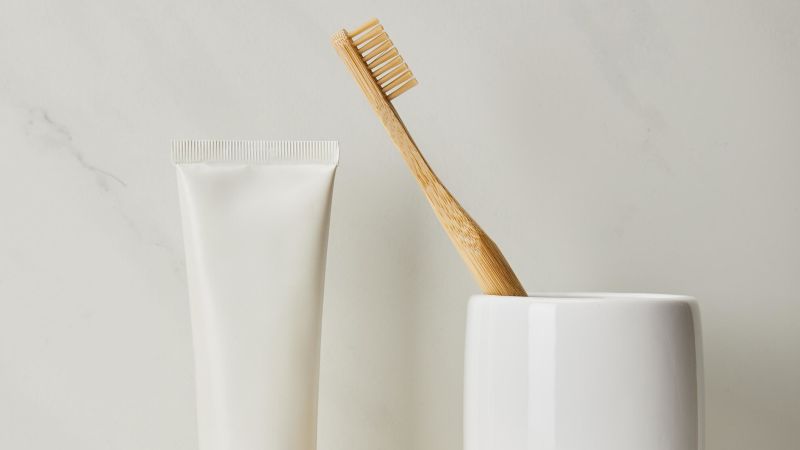On January 11, 2023, the EU Scientific Committee on Consumer Safety (SCCS) published the preliminary opinion SCCS/1648/22 on Hydroxyapatite (CAS No. 1306-06-17) in nano form. The opinion is open for comments until March 1, 2023.
BACKGROUND
Hydroxyapatite is a mineral obtained from pearl oyster shells, salmon bones, phosphate rock, or derived synthetically. Hydroxyapatite is used in cosmetic products as abrasive, bulking, skin conditioning and oral care agent.
Article 2(1)(k) of EU Cosmetics Regulation (EC) No. 1223/2009 states that ‘nanomaterial’ means an insoluble or biopersistent and intentionally manufactured material with one or more external dimensions, or an internal structure, on the scale from 1 to 100 nm.
The nanomaterials definition covers materials in the nano-scale that are intentionally made and are insoluble/partially-soluble or biopersistent. It does not cover those that are soluble or degradable/non-persistent in biological systems.
Article 16 of the EU Cosmetics Regulation requires cosmetic products containing nanomaterials other than colourants, preservatives and UV-filters and not otherwise restricted by the Cosmetics Regulation to be notified to the European Commission six months prior to being placed on the market. If there are concerns over the safety of a notified nanomaterial, the European Commission shall refer it to the Scientific Committee on Consumer Safety (SCCS) for a full risk assessment.
WHAT’S NEW?
Based on the data submitted via the Cosmetic Products Notification Portal (CPNP), additional information provided by the industry, and other relevant information in scientific literature, the SCCS conducted a safety assessment on Hydroxyapatite (nano), and published its preliminary opinion.
In the opinion, SCCS considers Hydroxyapatite (nano) as safe if used at concentrations up to 10% in toothpaste, and up to 0.465% in mouthwash. The opinion conclusions only apply to the substance with the following characteristics:
- Composed of rod-shaped particles of which at least 95.8% (in particle number) have an aspect ratio less than 3, and the remaining 4.2% have an aspect ratio not exceeding 4.9.
- The particles are not coated or surface modified.
References:
1. Scientific Committee on Consumer Safety (SCCS) – Preliminary opinion on Hydroxyapatite (nano), SCCS/1648/22, January 4, 2023.







